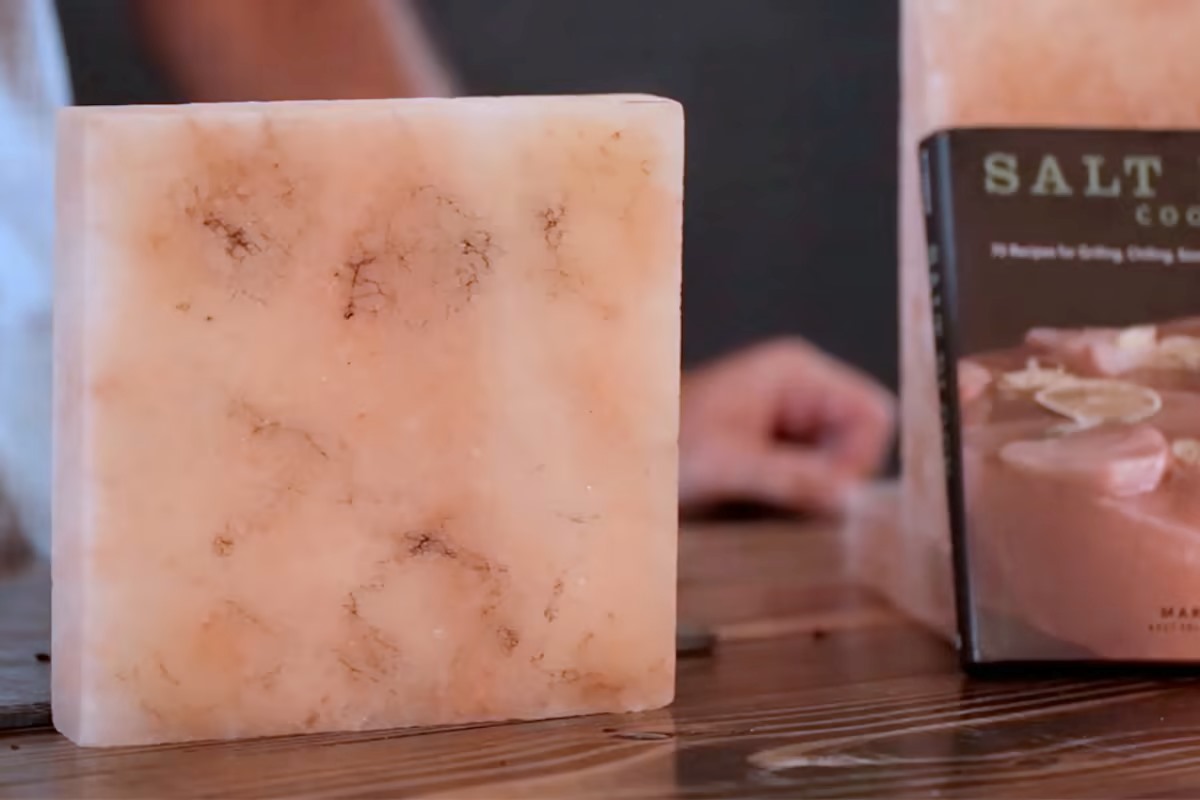

Articles
How To Store A Salt Block
Modified: December 7, 2023
Learn how to properly store a salt block with our informative articles. Find expert tips and advice to keep your salt block in perfect condition.
(Many of the links in this article redirect to a specific reviewed product. Your purchase of these products through affiliate links helps to generate commission for Storables.com, at no extra cost. Learn more)
Introduction
Welcome to the world of salt blocks! These incredible slabs of salt have become increasingly popular amongst chefs and grilling enthusiasts for their ability to impart a unique flavor to food. But what do you do when you’re not using your salt block? How do you store it properly to maintain its quality and longevity?
In this article, we will explore the various benefits of using a salt block, the process of choosing the right one, and most importantly, how to store it correctly. Whether you’re a seasoned salt block user or new to the game, these tips will ensure that your salt block remains in excellent condition, ready to add a touch of gourmet to your culinary adventures.
Key Takeaways:
- Properly storing a salt block is crucial for maintaining its quality and flavor. Choose a high-quality block, prepare it for storage, and store it in a cool, dry place to extend its lifespan and enhance your culinary adventures.
- Regular maintenance, including cleaning, air drying, and occasional rejuvenation, is essential for preserving the integrity of a salt block. By following best practices, you can enjoy the unique flavor and cooking benefits for years to come.
Read more: How To Store Himalayan Salt Block
Benefits of Using a Salt Block
Using a salt block in your cooking offers a range of benefits that go beyond just seasoning your food. Here are some of the key advantages:
- Unique Flavor: Salt blocks impart a subtle and complex flavor to food. The gentle mineral-rich saltiness adds a depth of taste that enhances any dish, be it meat, seafood, vegetables, or even desserts.
- Even Heat Distribution: Salt blocks are excellent heat conductors, meaning they distribute heat evenly across their surface. This allows for precise cooking, ensuring that your food cooks uniformly, resulting in deliciously tender and perfectly cooked meals.
- Enhanced Presentation: Serving your food on a salt block creates an eye-catching and memorable presentation. It adds an element of elegance and sophistication to the dining experience, making it perfect for special occasions or impressing your guests.
- Natural Anti-Bacterial Properties: Salt naturally inhibits the growth of bacteria, making salt blocks resistant to harmful pathogens. This makes them safe and hygienic to use in your kitchen.
- Low Maintenance: Salt blocks require minimal maintenance. Just a simple wipe down with a damp cloth after use is usually sufficient to keep them clean. The heat from cooking also helps to sanitize the block.
These benefits make salt blocks a versatile and valuable addition to any kitchen. However, to fully enjoy these advantages, it is crucial to choose the right salt block and properly store it when not in use. Let’s dive into the details of selecting and storing a salt block next.
Choosing the Right Salt Block
When it comes to selecting a salt block, there are a few factors to consider to ensure you get the best quality and optimal performance. Here are some tips to help you choose the right salt block:
- Salt Purity: Look for a salt block made from 100% natural, food-grade salt. Avoid blocks that contain additives or impurities, as these can affect the flavor and safety of your cooking.
- Salt Type: Salt blocks are available in various types, such as Himalayan pink salt or sea salt. Each type has its own unique flavor profile, so choose one that aligns with your taste preferences.
- Size and Thickness: Consider the size and thickness of the salt block based on your cooking needs. Larger blocks provide more surface area for cooking, while thicker blocks offer better heat retention.
- Quality and Durability: Opt for a salt block that is well-crafted and able to withstand high temperatures. A high-quality block will be less prone to cracking and ensure long-lasting usage.
It’s worth noting that salt blocks will naturally erode and wear down with use. However, this is normal and adds to the unique character of the block. Now that you’ve chosen the perfect salt block, let’s move on to the crucial step of preparing it for storage.
Preparing the Salt Block for Storage
Properly preparing your salt block for storage is essential to maintain its integrity and prevent any damage. Follow these steps to prepare your salt block for storage:
- Clean the Salt Block: Before storing, ensure that your salt block is clean and free from any residue. Use a damp cloth or sponge to gently wipe the surface, removing any food particles or impurities. Allow the block to fully air dry before proceeding to the next step.
- Absorb Excess Moisture: Salt blocks are hygroscopic, meaning they can absorb moisture from the air. To prevent your salt block from becoming damp during storage, place it in a cool, dry area for a few days to allow any excess moisture to evaporate.
- Re-Season the Block (Optional): If your salt block has been heavily used and the surface is worn down, you may want to re-season it before storage. Simply heat the block slowly in the oven or on a stovetop over low heat until it is completely dry. Then, rub a thin layer of oil on the surface to protect it during storage.
- Wrap the Salt Block: Once your salt block is clean and dry, wrap it in a clean, breathable material such as a cotton or linen cloth. This will protect the block from dust and debris while allowing any remaining moisture to escape.
- Store in a Cool, Dry Place: Find a cool, dry place in your kitchen or pantry to store the wrapped salt block. Avoid storing it near any heat sources or in direct sunlight, as this can cause the block to deteriorate prematurely.
By following these steps, you can ensure that your salt block is properly prepared for storage, preserving its quality and flavor for future use. Next, let’s explore the best practices for storing your salt block.
After using the salt block, make sure to thoroughly dry it before storing it in a cool, dry place. This will help prevent the block from absorbing any moisture and potentially cracking.
Storing a Salt Block
When it comes to storing your salt block, there are a few considerations to keep in mind to maintain its condition and extend its lifespan. Follow these guidelines to store your salt block effectively:
- Keep the Block Dry: Moisture can cause your salt block to dissolve or become brittle. Store the wrapped block in a dry area free from excess humidity. If the block absorbs moisture during storage, it may develop cracks or degrade in quality.
- Avoid Extreme Temperatures: Salt blocks can be sensitive to extreme temperatures. Avoid storing them in areas that are too hot or too cold, as this can cause the block to expand or contract, increasing the risk of cracking.
- Use a Protective Container: To provide an extra layer of protection for your salt block, consider storing it in a container or a sealed plastic bag. This will help shield it from any potential contaminants and moisture in the surroundings.
- Keep Away from Strong Odors: Salt blocks have the ability to absorb odors. To avoid your block taking on unwanted smells, store it away from strong-smelling substances such as spices, cleaning agents, or pungent foods.
- Check Regularly: Periodically inspect your salt block during storage to ensure there are no signs of moisture buildup, mold, or any other damage. If you notice any issues, take the necessary steps to address them promptly.
By following these storage guidelines, you can extend the lifespan of your salt block and maintain its quality for future culinary endeavors. Now that you know how to store your salt block effectively, let’s move on to discussing its proper maintenance.
Read more: How To Store Salt
Proper Maintenance of a Salt Block
Maintaining your salt block is crucial to ensure its longevity and optimal performance. By following these maintenance tips, you can keep your salt block in great condition for years to come:
- Regular Cleaning: After each use, gently scrub the surface of the salt block with a soft brush or sponge to remove any residue. Avoid using soap, as it can be absorbed by the block and alter its flavor.
- Air Drying: Allow the salt block to air dry completely after cleaning to prevent any moisture or mold buildup. Make sure to store the block only when it is completely dry.
- Rejuvenation Process: Over time, the salt block may develop a uneven surface due to repeated use. To rejuvenate the block, use a fine-grit sandpaper to gently sand the surface, removing any rough areas. Once done, clean and dry the block before using it again.
- Regular Usage: Salt blocks benefit from regular usage, as the heat from cooking helps to kill bacteria and sanitize the surface. Aim to use the salt block at least once a month to maintain its quality.
- Handling with Care: When using your salt block, handle it with care to prevent it from cracking or breaking. Avoid placing it in or on extreme temperature surfaces, and always use oven mitts or gloves when handling hot salt blocks.
- Storage Rotation: If you have multiple salt blocks in your collection, it’s a good idea to rotate their usage and storage. This will ensure that all blocks receive equal exposure to heat, preventing uneven wear and tear.
By following these maintenance practices, you can keep your salt block in excellent condition, allowing you to continue enjoying its unique flavor and cooking benefits for a long time. Now that you’re equipped with the knowledge of proper maintenance, let’s wrap up this article.
Conclusion
Storing a salt block properly is essential to maintain its quality and extend its lifespan. By following the guidelines outlined in this article, you can ensure that your salt block remains in excellent condition, ready to enhance the flavor of your dishes for years to come.
Remember to choose a high-quality salt block made from 100% natural, food-grade salt to ensure optimal flavor and safety. Prepare the block for storage by cleaning it thoroughly, allowing it to dry, and optionally re-seasoning it. Wrap the salt block in a breathable material and store it in a cool, dry place away from extreme temperatures and strong odors.
Proper maintenance is also important. Regular cleaning, air drying, and periodic rejuvenation will help preserve the integrity of the salt block. Additionally, regular usage and careful handling will prevent cracking or damage.
By incorporating these best practices into your salt block storage and maintenance routine, you can maximize the lifespan of your salt block and continue to enjoy the unique flavor and cooking benefits it provides.
So, whether you’re grilling, chilling, or searing, make sure your salt block is stored and maintained correctly. With a little care, your salt block will be ready to elevate your culinary creations and impress your taste buds.
Frequently Asked Questions about How To Store A Salt Block
Was this page helpful?
At Storables.com, we guarantee accurate and reliable information. Our content, validated by Expert Board Contributors, is crafted following stringent Editorial Policies. We're committed to providing you with well-researched, expert-backed insights for all your informational needs.
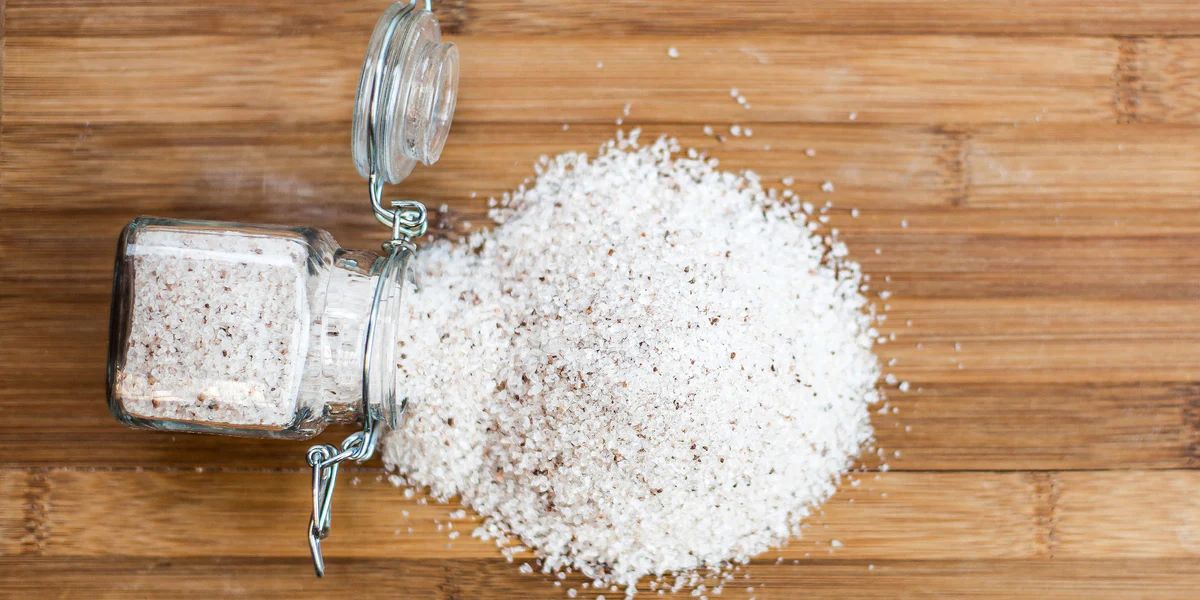
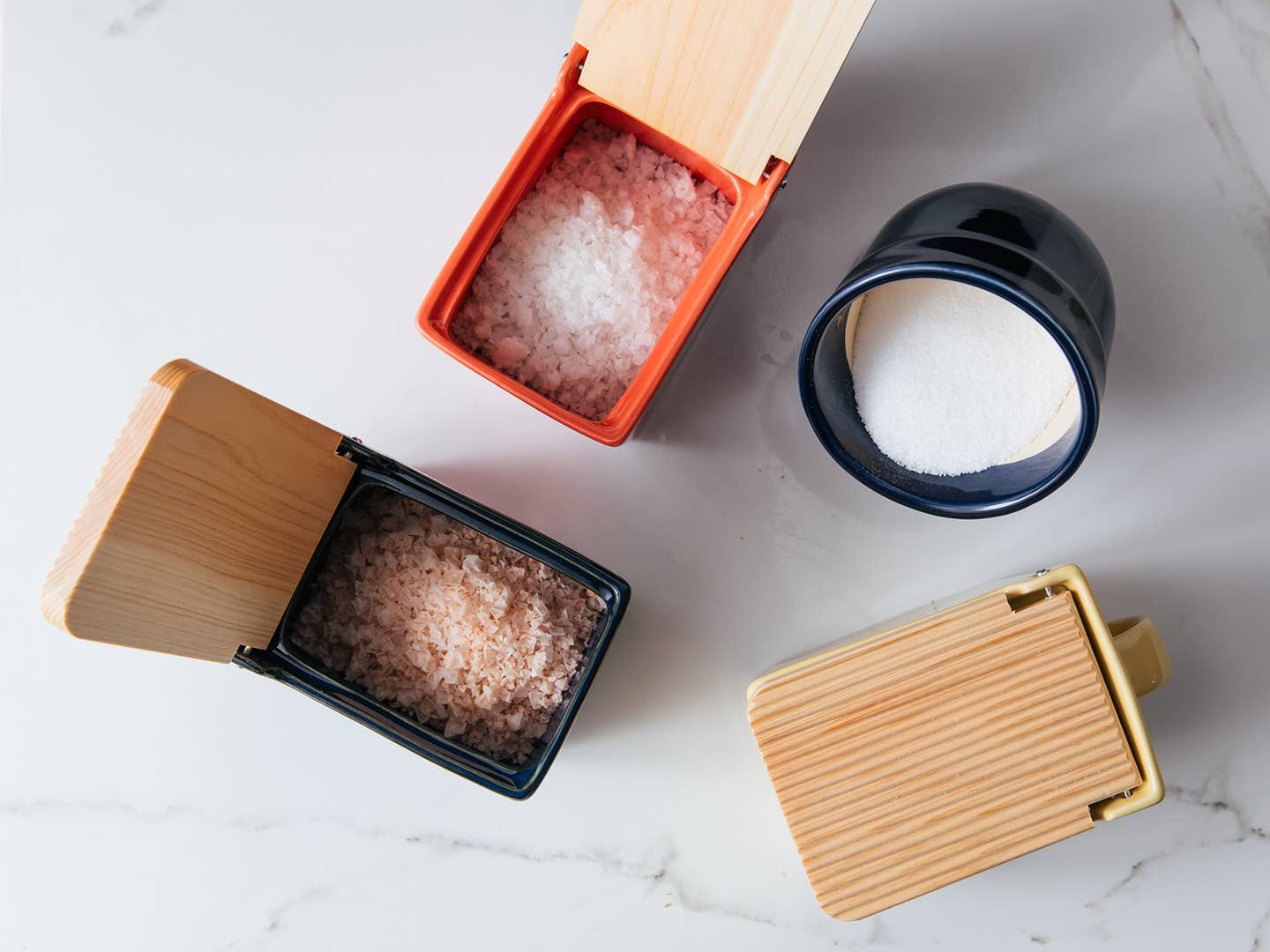
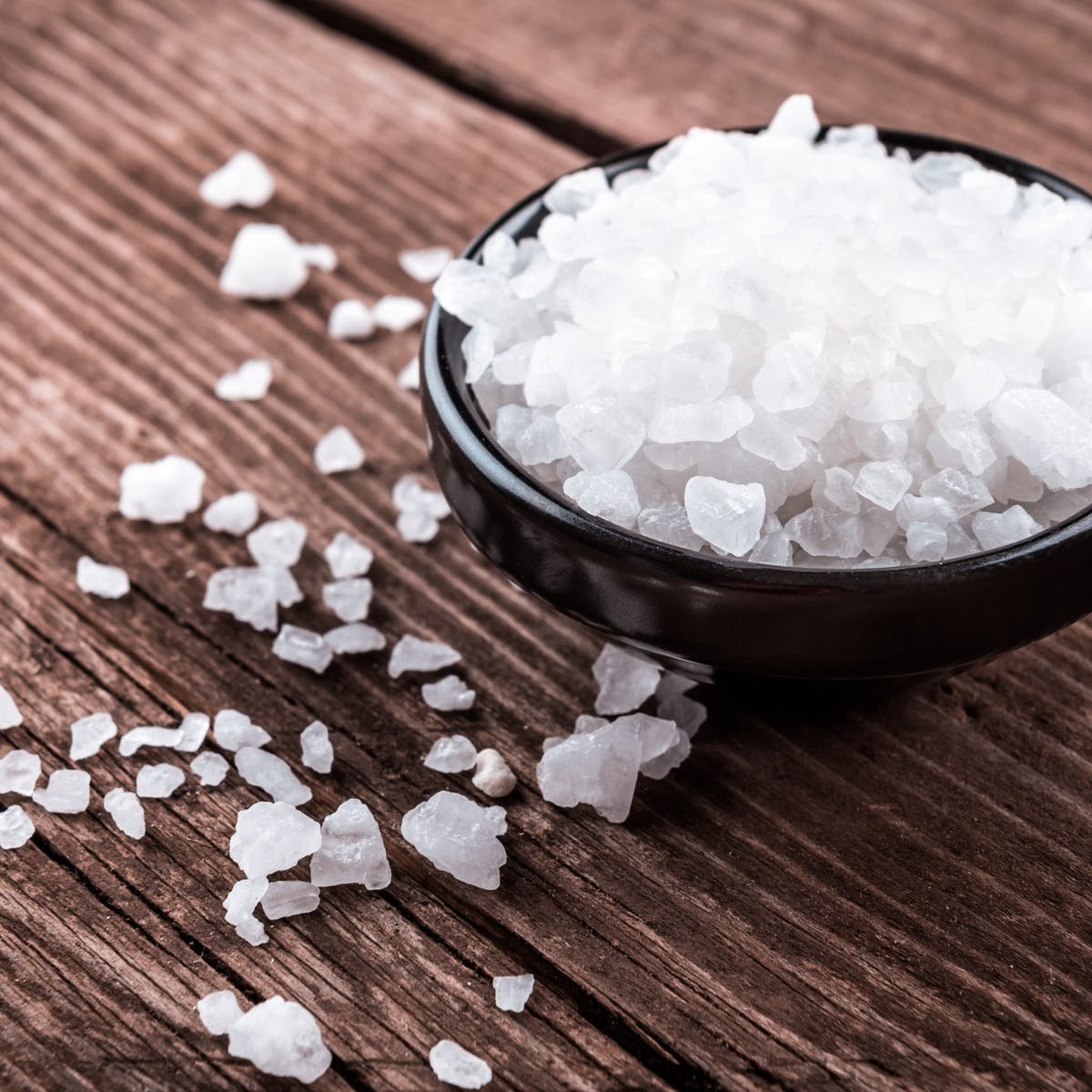
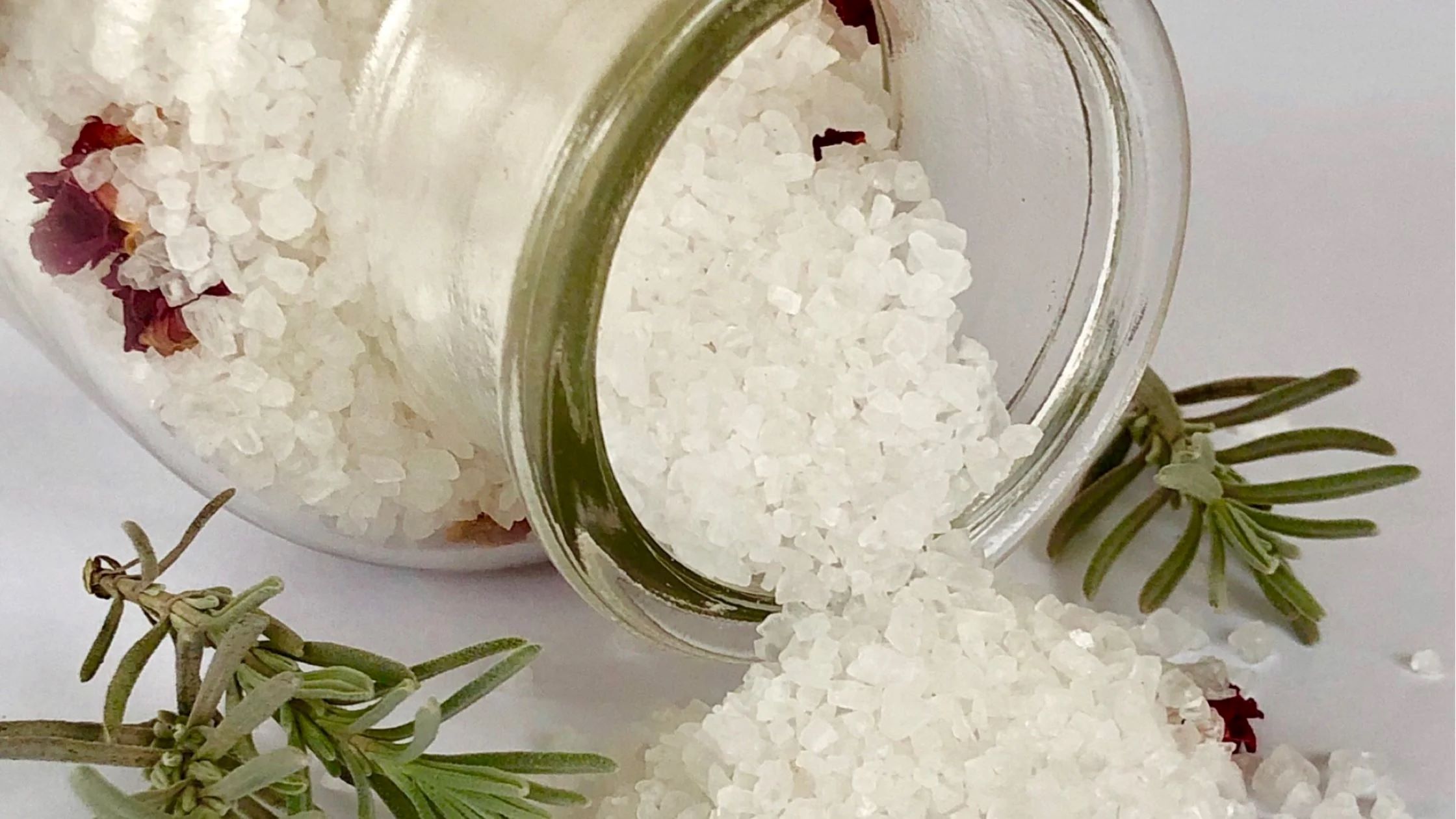
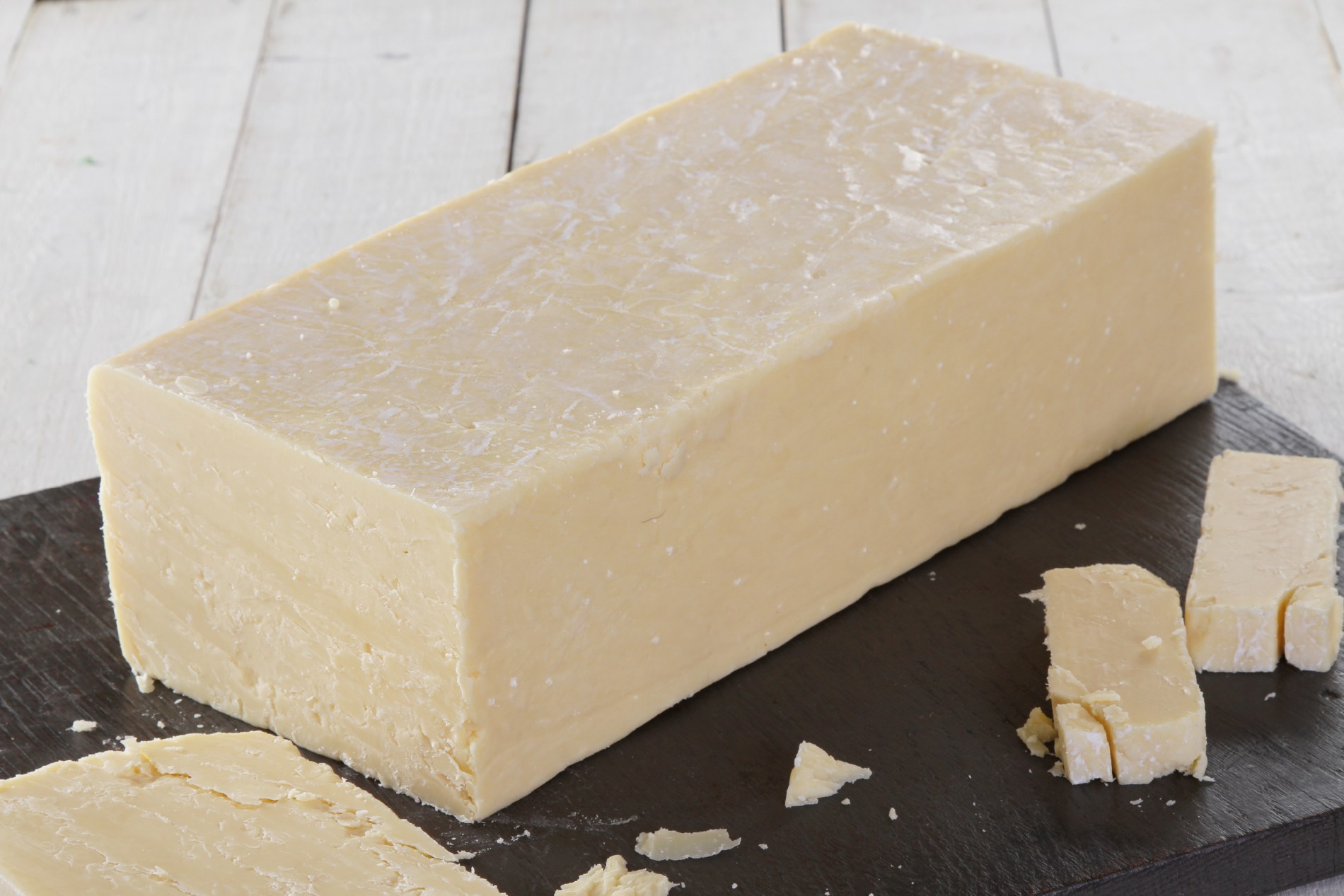
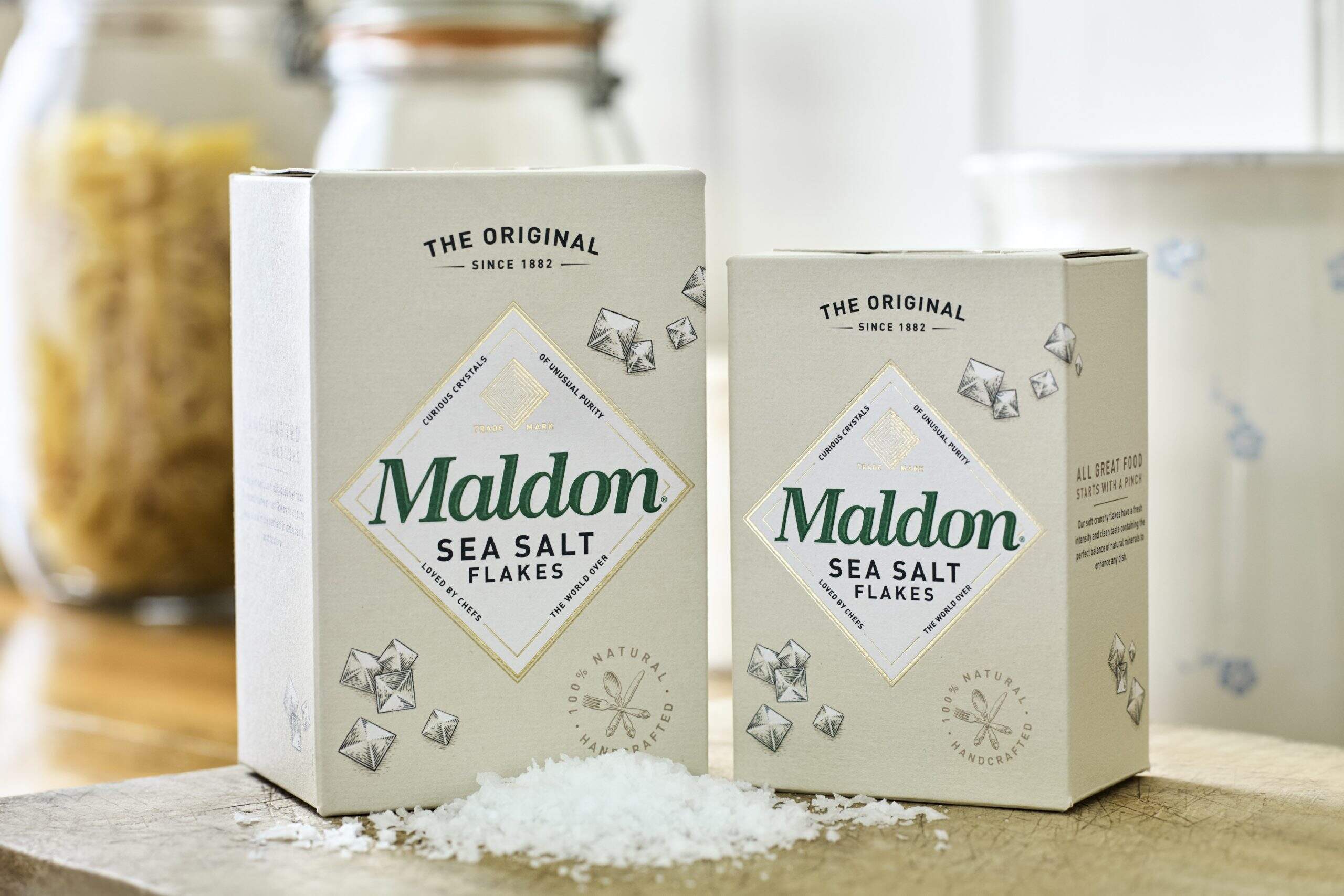
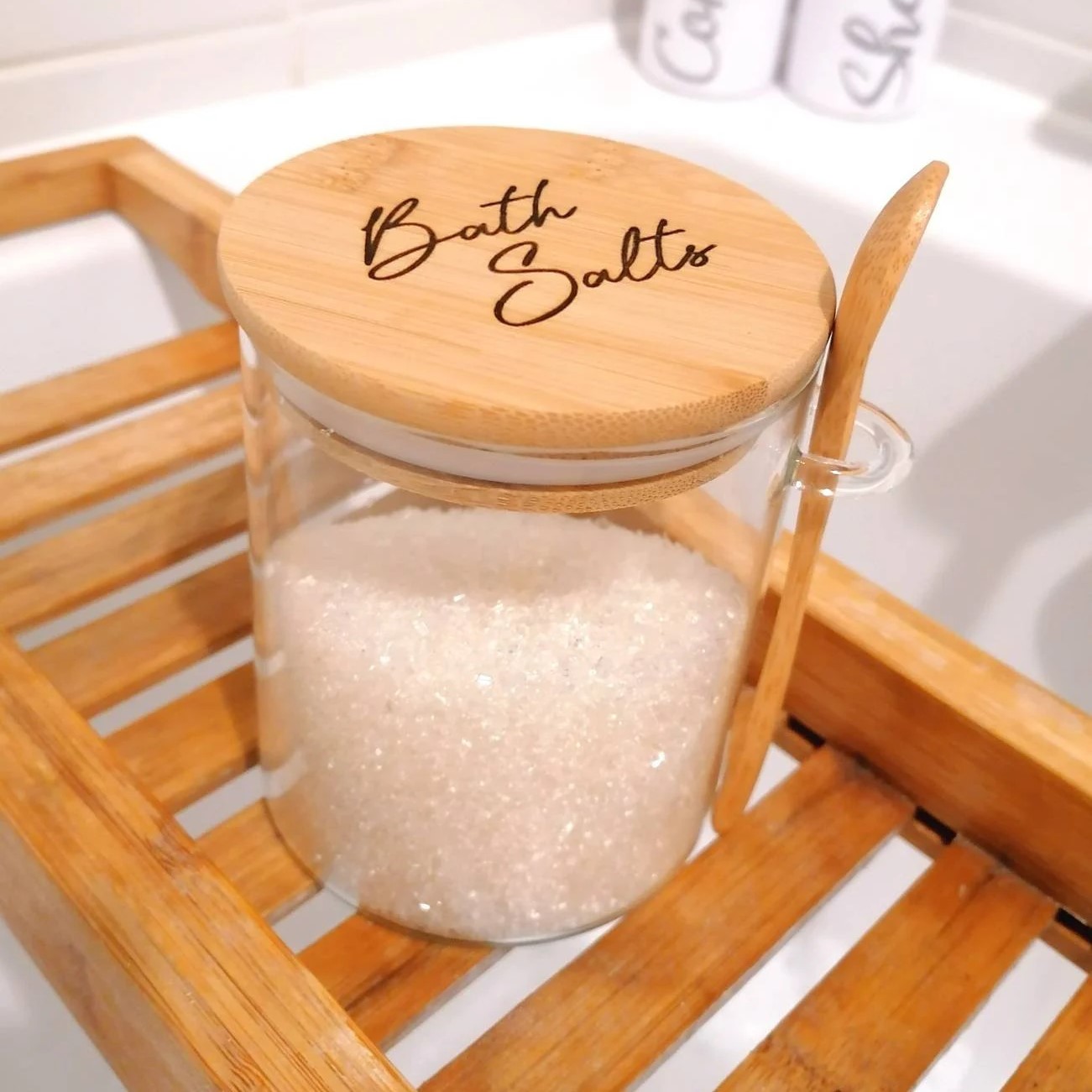
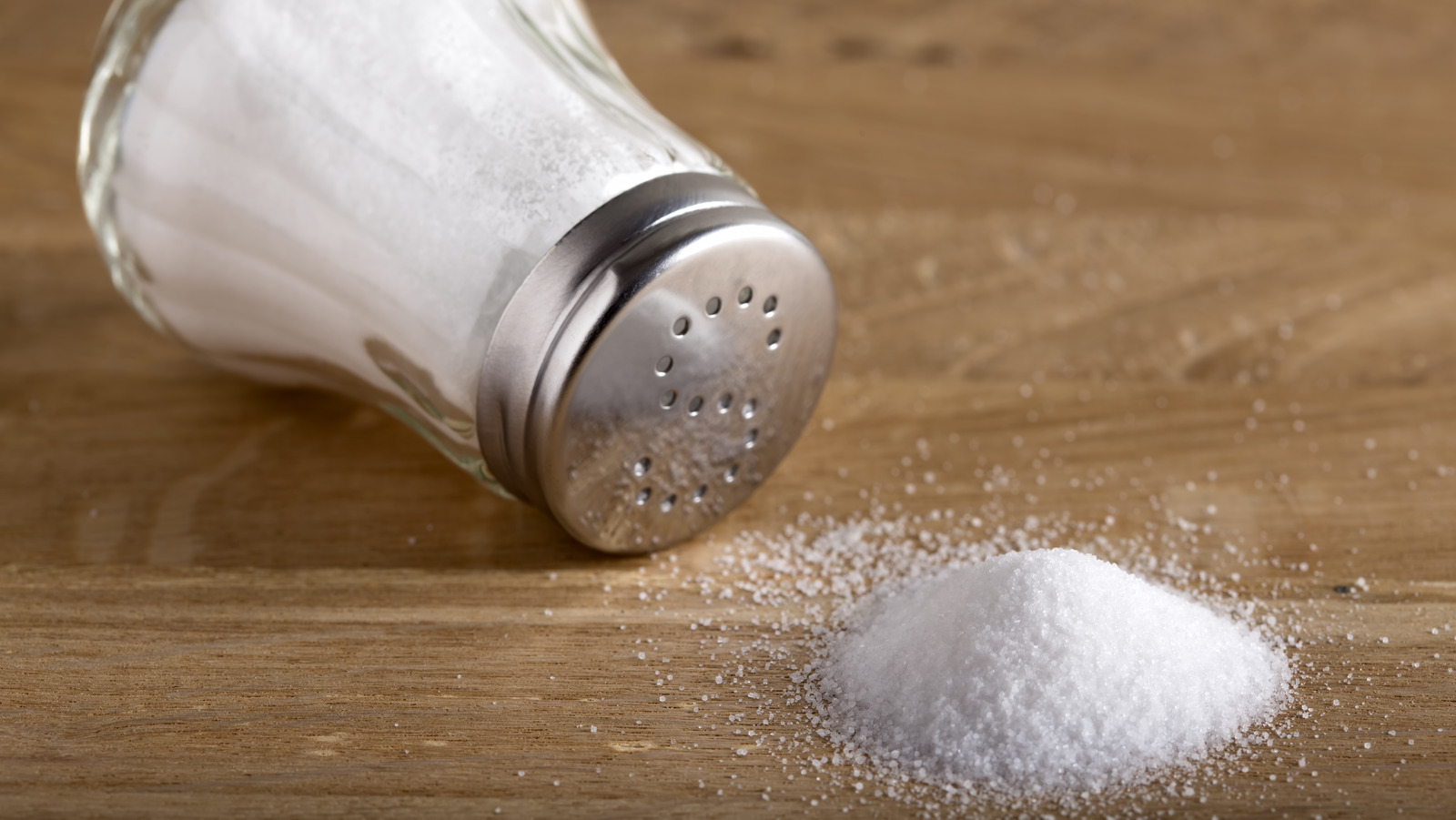

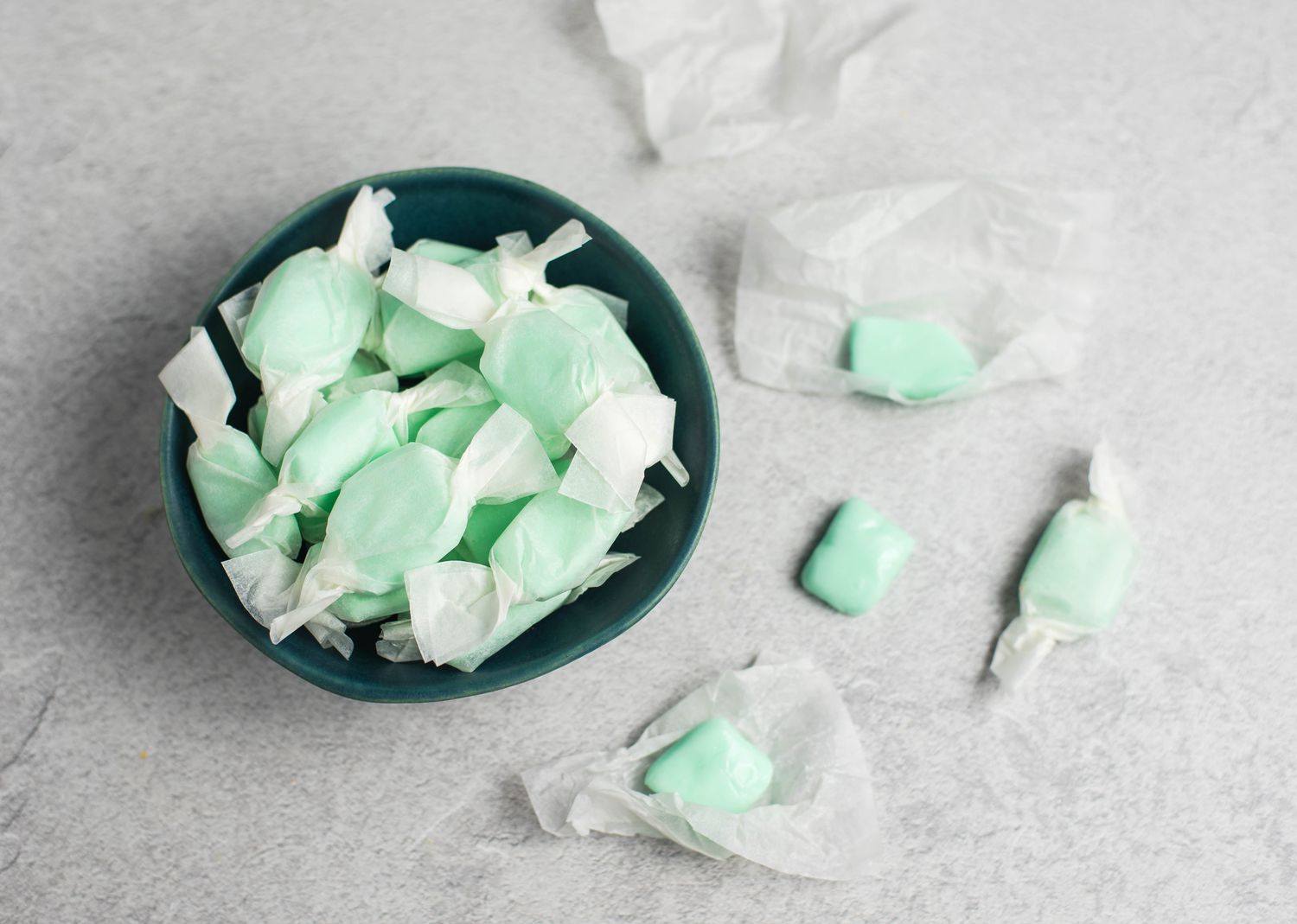
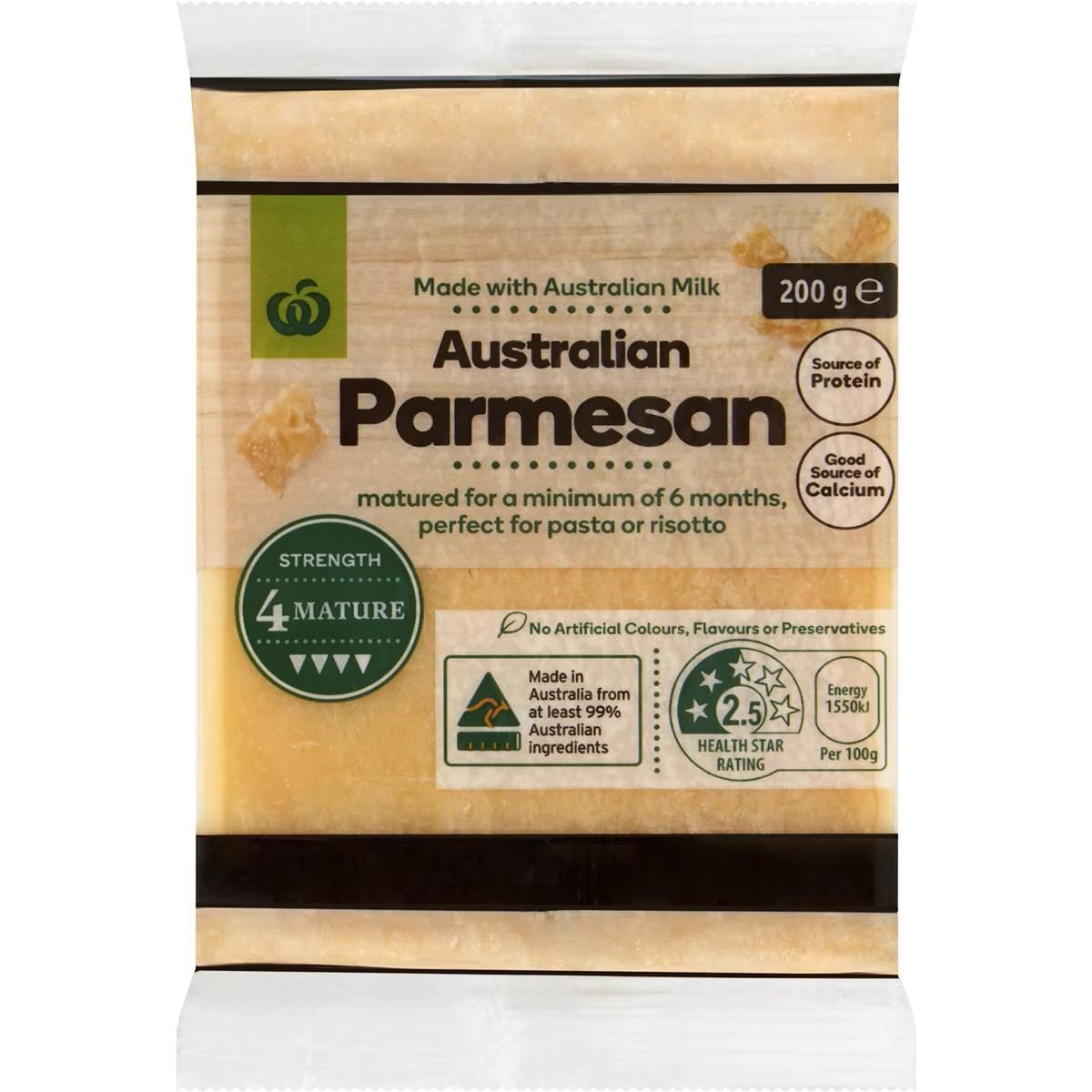
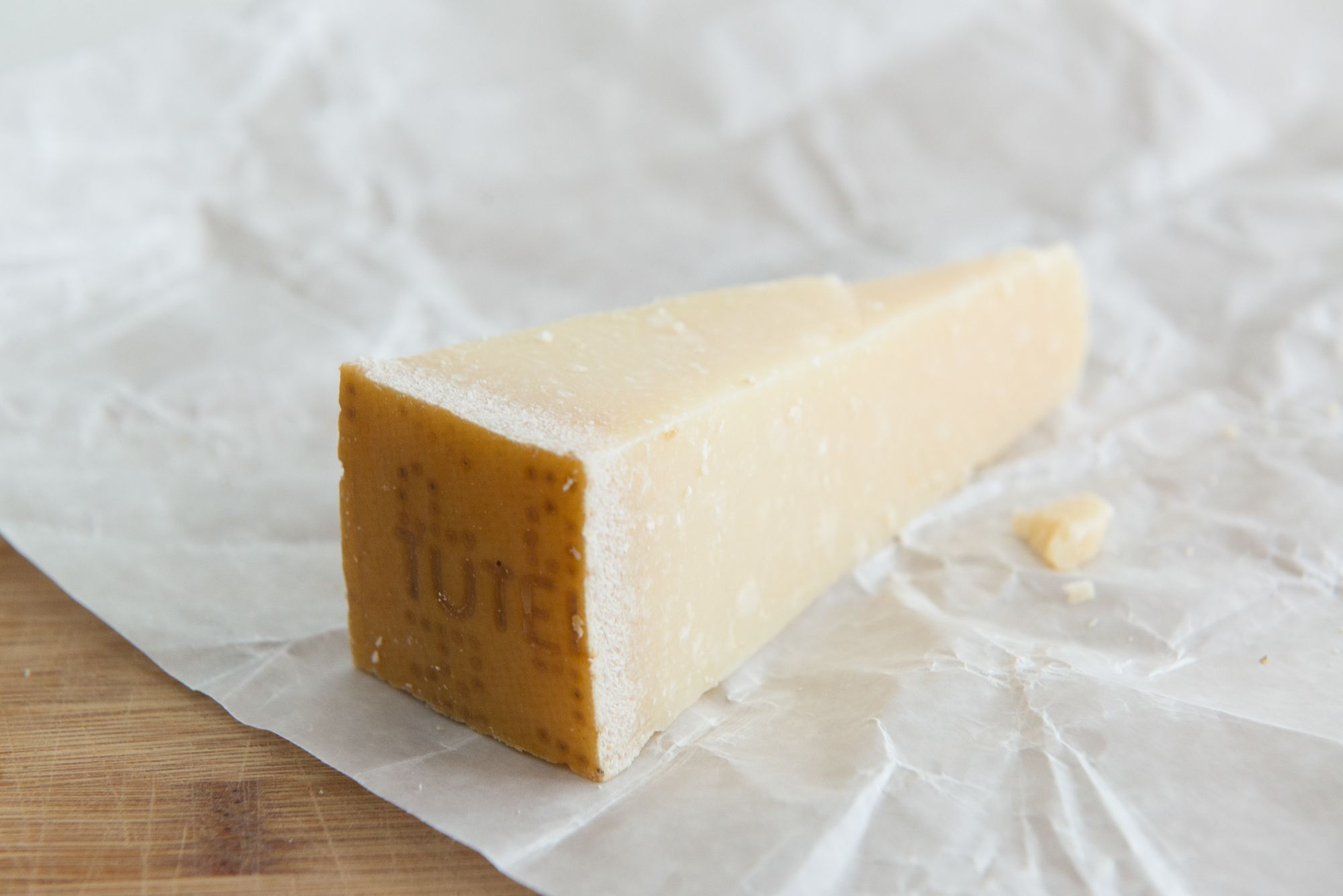
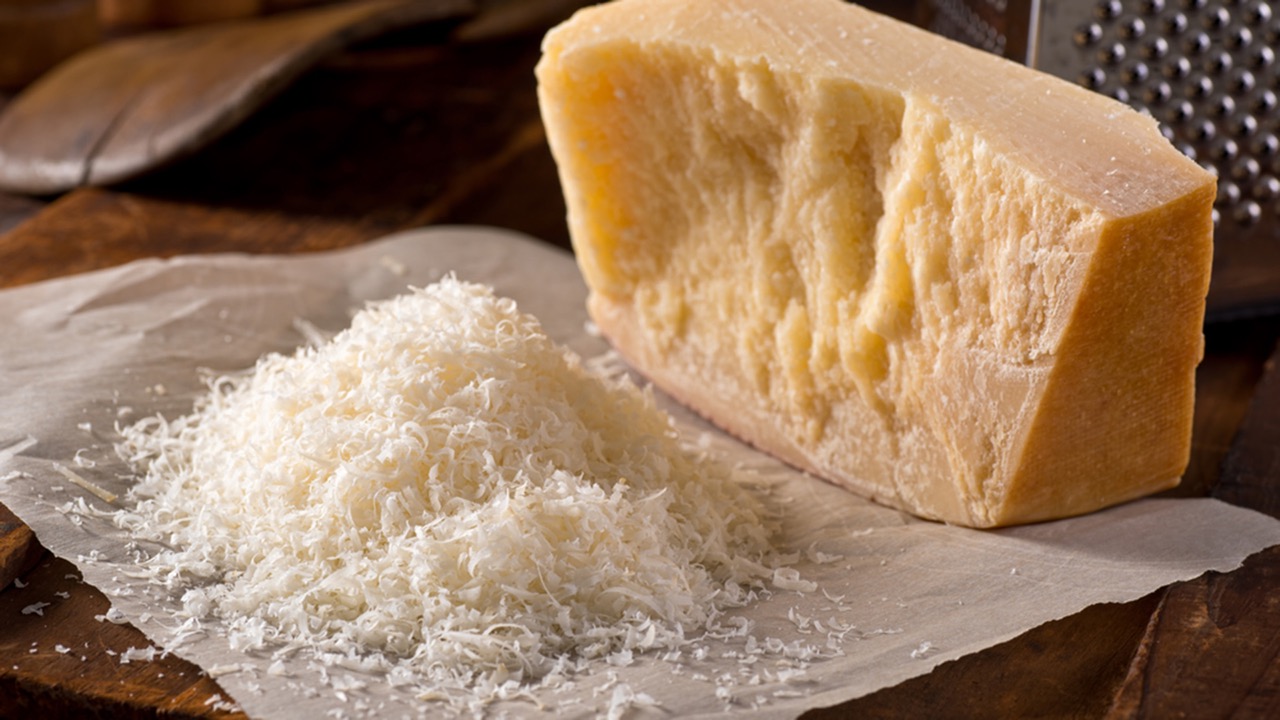
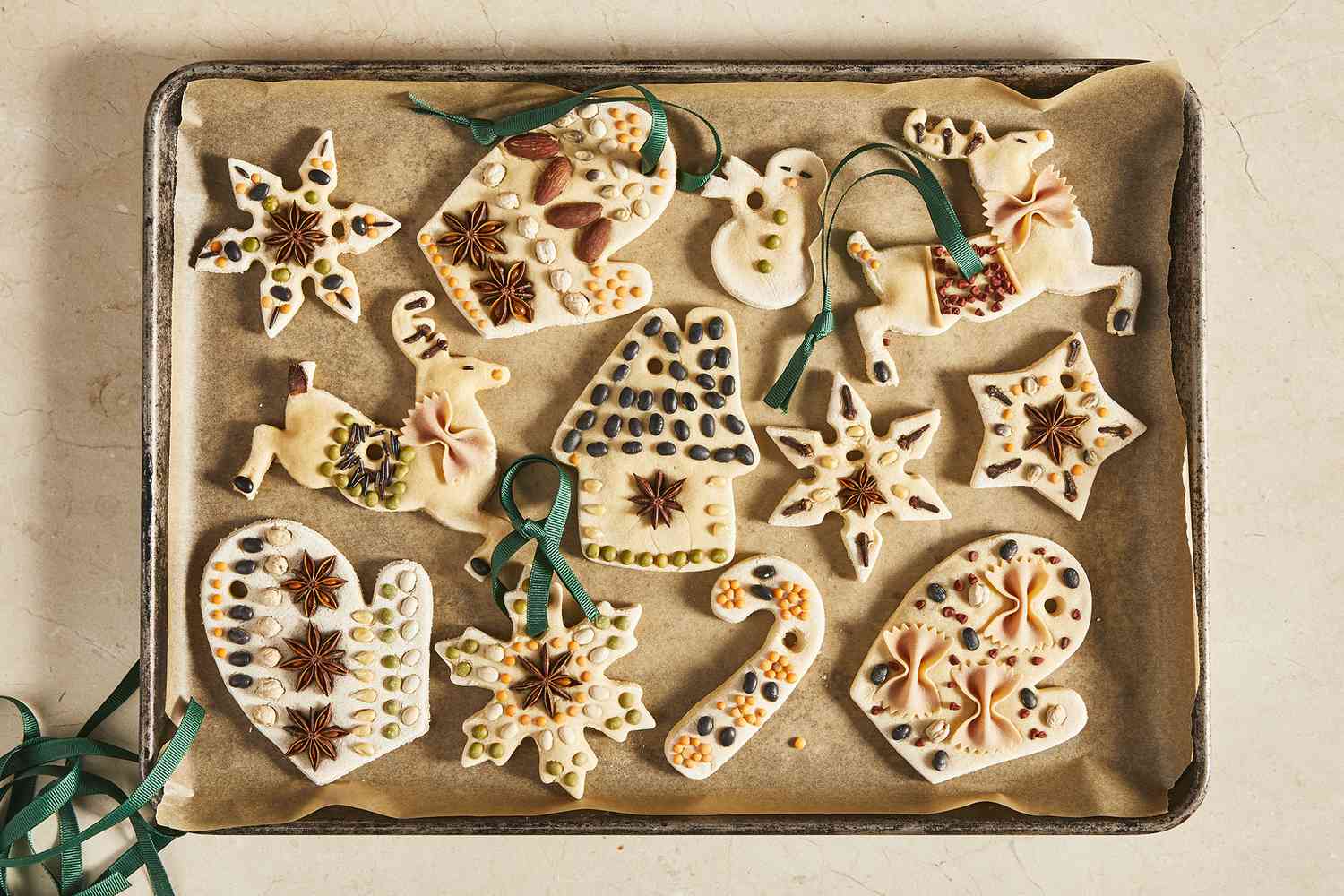

0 thoughts on “How To Store A Salt Block”